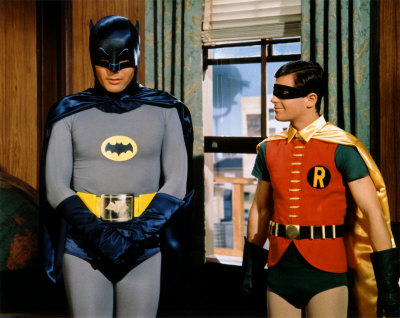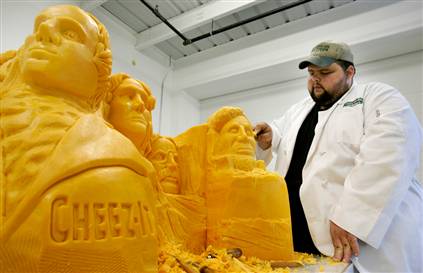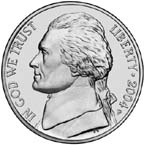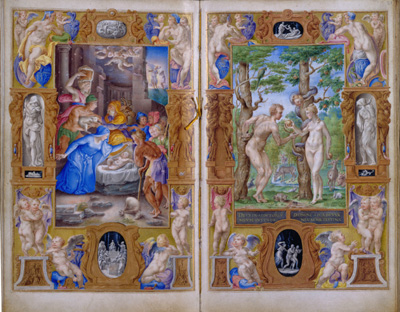O, he is as tedious
As a tired horse, a railing wife;
Worse than a smoky house: I had rather live
With cheese and garlic in a windmill, far,
Than feed on cates and have him talk to me
In any summer-house in Christendom.
— Hotspur, in King Henry IV, Part I
THE GIFT OF SCIENCE
Jesse Williams started his New York cheddar factory — the forerunner of all cheese factories — in 1851. That was before Louis Pasteur began heating milk to slay harmful bacteria and regularize the product (in 1857); before Christian Ditlev Ammentorp Hansen extracted a standardized rennet enzyme from calf-stomach (in 1872); it was before F. J. Lloyd created the acidimeter test, which measures milk’s acidity at any point in the cheesemaking process, again improving results (in 1899); and before Orla-Jensen isolated pure “starter cultures” of select microorganisms, to replace the unreliable sour milk and whey starters of ages past (in 1919). In sum: The factory took stage just on the cusp of cheesemaking’s slide into “science” — at a time when commoners still measured milk heat with elbows.
(If you don’t understand the cheesemaking process enough to respect these innovations, here’s a good summary. I will write my own soon, maybe even for the next post. I’m full of empty promises and inconstant ambition.)
Following Williams, cheese in the U.S. and Europe became increasingly industrialized and precise. Generally, all the breakthroughs above decreased waste and minimized failure. Contrary to the millenarian tirades of hippies and malcontents, science did work a little magic for the common man. In the old days failure-rate was high for cheesemaking, even in monasteries, where God’s Own Watchful Eye was always on alert. And yet (as Juliet Harbutt notes) such disappointments were more often blamed on some dairymaid’s menstrual cycle than on sour milk or careless handling. Many things can go wrong when making cheese, and some significant portion of those things might be out of the cheesemaker’s control, especially when the cheesemaker’s a premodern peasant. In that sense cheese is like love, or empire building. It took some real dirty hard science before people stopped blaming vaginal discharge, witchcraft, and Jewry for bunk cheeses. I guess I consider that progress.
It is true, though — to the credit of purists — that the more industrialized cheese became, the more insipid it got (and might continue to get). It seems that American factory cheese accepted from the beginning a certain subordinate status, along with a more lowbrow, “philistine” or “utilitarian” audience. For instance: An 1867 report from the U.S. Secretary of Agriculture documents the defects in American factory cheese, namely, “porosity and bad flavor”; suggests that foul milk with a “fetid and sickening odor” is the primary culprit, no thanks to New England’s unfortunate climate; and then offers the economizing solution that we improve our cheese just enough to appeal to England’s bottom-feeders. And in the New York Times’s coverage of the 1878 dairy fair, the paper reports that American cheeses of more-than-substandard-caliber were entering the world market under false European names — “to the great detriment of our reputation for fine production, though, possibly, to the present profit of middlemen and commission houses.”
But skipping to the present: Only the obtuse fanatic or wild dog would claim that factory cheesemakers have paid no attention over the years to quality. Still, the current inrush of “artisanal” American cheeses presents a totally different approach: blending organic and cosmopolitan food movements, this cheese trend is achieving levels of quality once restricted to sparse European imports. Some “artisanal” makers simply want to make the best cheese they can, while still remaining viable. Some want to slip into this emergent niche market, seizing the hearts and minds of the well-to-do. Most, however, seem to be more preoccupied with general “green food” issues, like sustainability, organicism, local markets, and so on (look at brochures from Whole Foods or your area Farmer’s Market for more keywords).
GRAYSON AT LAST
The Feete pair at Meadow Creek Dairy make a cheese that epitomizes that greenish side of American artisan cheese. I suggest you try it, if you can. It comes in squares instead of wheels, and it is called Grayson. The name might pay homage to Amanda Grayson, mother of Star Trek‘s Spock, or to Dick Grayson, the Christian-civilian name for Batman’s sidekick Robin. I can only speculate.
After 15 years on their dairy farm in southwest Virginia’s Blue Ridge Mountains, the Feete(s?) started making cheese out of their milk. They were motivated by fluctuating dairy prices and the benefits of adding value to their product on the farm — not an unusual origin-story for American artisanal cheesemakers. Their Jersey herd spurts richer milk than common Holsteins (though less of it); the cows graze on rotational pastures free of pesticides and herbicides, and never eat silage; and they’re only milked seasonally, according to the ebbs and flows of the lady-cow cycle. (As a result, this cheese, aged 4 months, is only available from June to March.) All this makes for substantial and flavorful raw milk cheeses; but also — and this is part of the point — cheeses with some kind of moral integrity.
Grayson recently won two major awards at the American Cheese Society‘s 2008 Conference: runner-up for Best in Show, and first place for Farmstead Cow’s Milk Cheese. Not insubstantial, if you’re into cheese awards. I’m posting on Grayson because of the second award. “Farmstead” means that all of the production is done in one place, on one farm: the grass grows, the beasts eat, they are milked, the milk is cheesed, the cheese is aged. There is a strictly culinary appeal to this purity, since the farmstead cheesemaker has absolute control over his or her product, from beginning to end. No “fetid and sickening odors” will slip past the cheesemaker who doubles as dairy farmer. In fact, some American artisans earn reputations for fussiness and perfectionism — only accepting milk when the pastures are prime, for example. (Uplands Cheese, producer of Pleasant Ridge Reserve, is often cited as a quintessential American “designer” cheese.) In addition, on the “ethical” end, no unwelcome practice will taint the moral valor of the cheese, less petroleum is consumed, dada dada dada.
(Yes, weep, for such finely tuned farmstead cheeses can be very, very expensive. Happily, Grayson is on the cheaper end of the spectrum.)
Another reason I pinpointed Grayson was to juxtapose it with Taleggio. (To see my prior post on Taleggio, click here.) It’s a standard refrain in cheesewriting that there are few true American originals: most of the cheese here derives too directly from some “ancestor” cheese in Europe. (Jack, Colby, and Brick are three accepted originals that I can think of, off the cuff.). It’s a strange evolutionary logic I don’t quite approve — but this is no place for “positions,” not now. Many artisanal cheeses are also “inspired” by old European winners; and in this respect, Grayson follows Taleggio. Grayson is also a washed-rind cows milk cheese that attains a silky, dense, custard texture without gooing out too much. Grayson and Taleggio look similar, too — pale yellow paste (the interior, non-rind of a cheese), orange rind — and with real handmade cheese appearance can indicate a lot about what the cheese is and how it tastes. You can eat both rinds, and both rinds taste like wet sand.
Eating the two cheeses, however, will reveal enough differences to justify coexistence. Grayson has a more odorous rind: more sand, seaweed, and sewage. The inside smells sweeter, openly milky, with a little fruit and a little more sock. From a small distance I smell ripe banana. (Why am I smelling this cheese from a distance? What happened?) The taste takes longer to warm up on your tongue; then there’s more tartness, more sweetness — higher tones — and perhaps less range than Taleggio. Grayson also tasted like poultry to me, full grown cocks and hens, whereas I only remember the eggs in Taleggio. These are worldly wonders.






